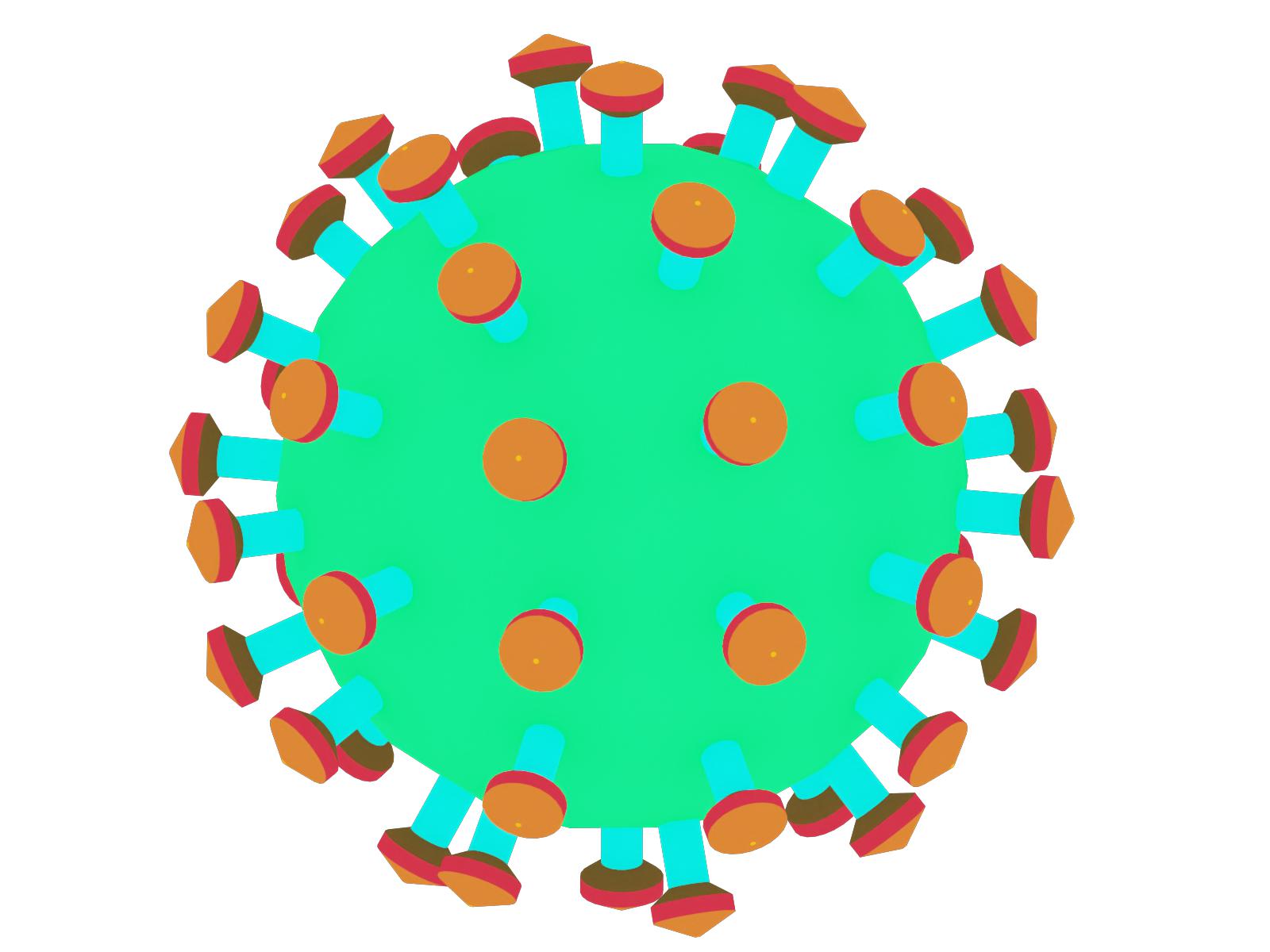18 March 2021
Lies, Damned Lies and Coronavirus
Testing numbers
by David Chilvers
 This week, we look at the Test and Trace system. On 10th March, the Public Accounts Committee produced a fairly damning report on the system, with a number of recommendations for improvement. One recommendation was that “NHST&T should put in place a clear workforce plan and recruitment strategy which aim to reduce significantly, month by month, its reliance on costly consultants and temporary staff”.
This week, we look at the Test and Trace system. On 10th March, the Public Accounts Committee produced a fairly damning report on the system, with a number of recommendations for improvement. One recommendation was that “NHST&T should put in place a clear workforce plan and recruitment strategy which aim to reduce significantly, month by month, its reliance on costly consultants and temporary staff”.
The PAC Report built upon evidence gained from the meeting on 18th January, in which NHST&T executives provided feedback on the amount of money budgeted and spent and the activities that made up the expenditure. At that meeting, David Williams, who is the second permanent secretary at the Department of Health and Social Care, confirmed “(at the end of November 2020) we have now spent £5.7 billion and the central assessment of the team is that they will spend more than £20 billion of that £22 billion (2020-2021 budget)”.
So how is that £5.7 billion made up? Most of the expenditure is on testing, as David Williams confirmed “just over £18 billion of the £22 billion is directly linked to the volume of tests undertaken and the capacity that we have built up”. From the start of the pandemic until the end of November 2020, 28.5 million PCR tests and just under half a million Lateral Flow tests (LFD) had been undertaken. The private sector cost of a PCR test is around £120 and given that NHST&T uses private sector laboratories to undertake the tests and private sector contractors to organise them, it is not unreasonable to expect the cost per test to be similar to this. LFD tests are much cheaper, as there is no laboratory testing involved and evidence suggests these cost around £4 per test. Combining the number of tests and the average cost per test produces an estimated cost of just under £3.5 billion for tests up until the end of November 2020.
There is also the cost of the numerous consultants employed on NHST&T from the likes of Deloitte and the other major management consultancies. At the end of February, there were around 2,500 such consultants employed at an estimated average day rate of £1,200. Using these numbers generates a cost of around £0.8 billion for consultants for the period up to the end of November 2020.
Another significant area of expenditure is contact tracing. The number of staff employed has varied over time but was estimated to be around 25,000 at its peak. If these are paid £15 per hour for a 35-hour week, the cost from 1st June until the end of November would be £0.34 billion. If we add 25% supervisory costs this comes out at £0.4 billion.
The total cost of £5.7 billion thus breaks down as follows:
| Activity | Cost to end November (£bn) |
| Testing | 3.5 |
| Consultants | 0.8 |
| Tracing | 0.4 |
| Other | 1.0 |
| Total | 5.7 |
The £1.0 billion “Other” line is a balancing item to ensure the total of £5.7 billion and will include management costs, premises and profit. We have made some fairly basic assumptions here, but the numbers seem fairly consistent with data that has been published and that gives some credence to the approach.
We can now apply the same logic going forward. Testing has been increased in the last week or so, with over 2.5 million secondary school children being given LFD tests twice a week, pushing the weekly number of tests up by around 5 million. This is consistent with the daily average LFD tests going up from about 350k in late February to around 1 million at the moment. If we assume this level of testing will continue until the end of the month, there will be just under 30 million PCR tests and just over 45 million LFD tests at a cost of £3.7 billion in the period from December last year to the ed of March. The consultants are still there at a cost of £0.8 billion. In the period from December 1st last year to March 31st this year, there will be about 60% more positive tests than in the period up to the end of November, so we might expect tracing costs to be 60% higher at £0.7 million. The estimated costs of testing, consultants and tracing is thus estimated to be £5.2 billion compared to £4.7 billion in the period up to the end of November, 10% higher. We would therefore expect other costs to be about 10% higher at £1.1 billion and so the total costs of NHST&T are estimated at £6.3 billion in the period from December last year to March this year compared to the £5.7 billion in the period to the end of November.
This gives a total estimated cost of £12 billion for the year to March 2021 and yet David Williams in his evidence to the PAC confirmed that “my best estimate is that the low 20s, or maybe the very high teens, is where we will probably end up”. So, on what is the other £8 billion being spent? Or is the figure of £5.7 billion for the first six months too low and is some expenditure being hidden? Put another way, if the total estimated expenditure for this financial year is £20 billion, just 28.5% was spent in the six-month period from the start of NHST&T up to the end of November and the other 71.5% would be spent in the final four months – is that feasible?
Another conundrum on NHST&T expenditure is that £15 billion has been allocated to the next financial year, from April 2021 to March 2022. By April, through a combination of the third national lockdown and the vaccine rollout, there should be hardly any positive tests and most of the testing will be the much cheaper LFD test being used in schools and at large events. In our estimates made in our article on 11th February, we predicted that the number of positive cases would be down to 5,000 per day by Easter. We are already at that figure and although there may be a small rise following the return to school, the figure of 5,000 positive cases per day by Easter is probably now an over statement. The vaccine roll out continues in line with or even slightly ahead of our forecasts made in January, with all over 50’s likely to have had at least one jab by the end of March. All the pointers are more positive and yet NHST&T planning seems predicated on some debateable assumptions.
Even 1 million LFD tests a day for the whole year will only constitute £1.5 billion of spending. The Prime Minister has decreed there will not be another national lockdown, so on what will this £15 billion budget be spent?
Whilst the Public Accounts Committee Report has raised big issues about NHST&T, our analysis suggests there are areas where it would be difficult to spend the vast budgets allocated, both for the rest of this financial year and for the next. What is being hidden?
This article is one of a series, find last weeks article on the impact of the vaccination programme here.


